Lothal is one among the several iconic places of Indus Valley Civilisation, visited during bike ride along the coastal route map of India
Excerpts from the Book – Coastal Dairies
(4) City of the Dead
One of the oldest of its kind known to man is the Indus Valley Civilisation, which existed around 4500 years (2500 BC) ago. We can compare it to other ancient civilisations of Egypt, Mesopotamia and China of that period. Archeologists carried out excavations at Harappa and Mohenjodaro, both based in present-day Pakistan. The remains unearthed in the year 1920 pointed to well-developed cities flourishing in the region.
The artefacts excavated at these sites suggest the ancient towns and cities were thoughtfully designed and built accordingly. The excavations showed streets and roads to be laid in cardinal directions. Attention was paid to town planning, development of sanitation facilities, water regulation and civic management. The settlers constructed bathrooms inside the home premises, but had outside drainage systems and waterways, the likes of which were seen only 2000 years later in Rome. They gave extreme importance to cleanliness and orderliness in their daily living…………….
Lothal is 85 km from Ahmedabad and the nearest cities to it are Dholka and Bagodara. Travelling by train, it is six km southeast of Lothal Bhurkhi railway station on the Ahmedabad-Bhavnagar line. It has a pending nomination as a World Heritage site of UNESCO (United Nations Educational, Scientific and Cultural Organisation).
Nearing the site, we noticed scanty vegetation and dry fields. Leaving the bike in a makeshift parking space, we saw that a boundary wall circled the excavated site and a few buildings to the right of it. One building held a museum showcasing the artefacts unearthed during the excavation. The site was preserved and in excellent condition. A small entrance fee is charged for entering the museum, but the excavation site has free entry…………..

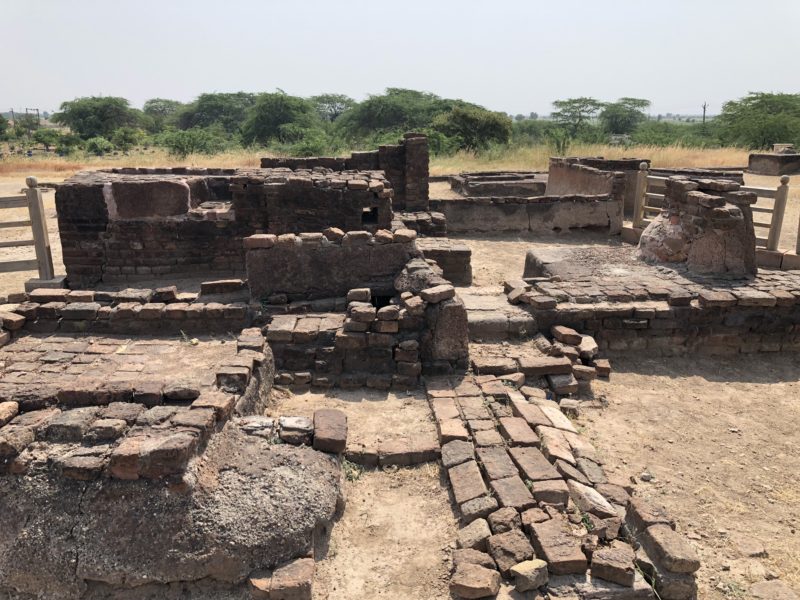
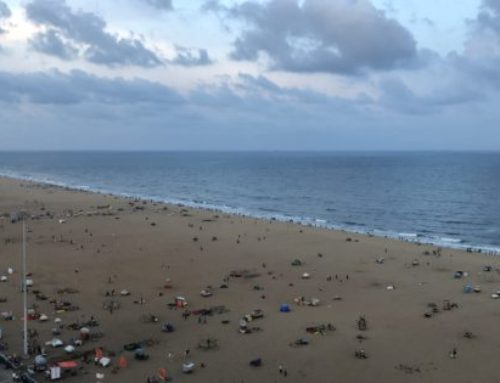



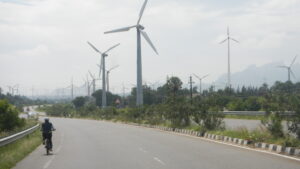

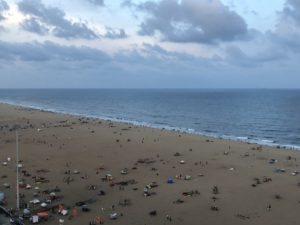
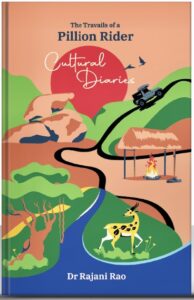
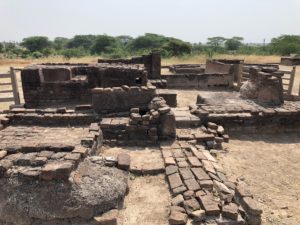


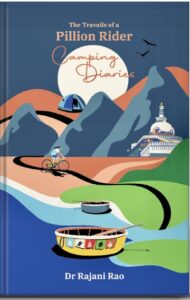

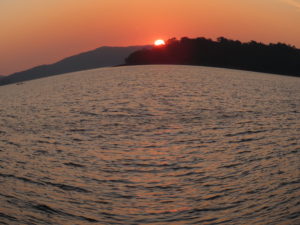
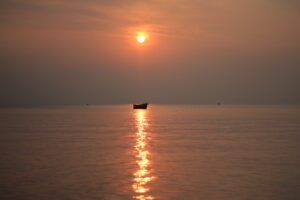
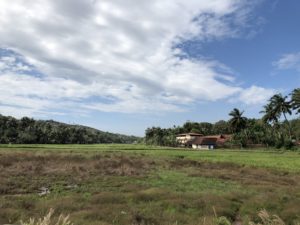

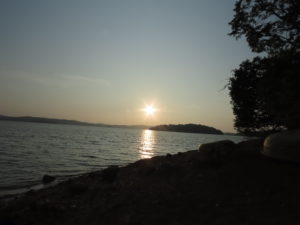

Leave A Comment